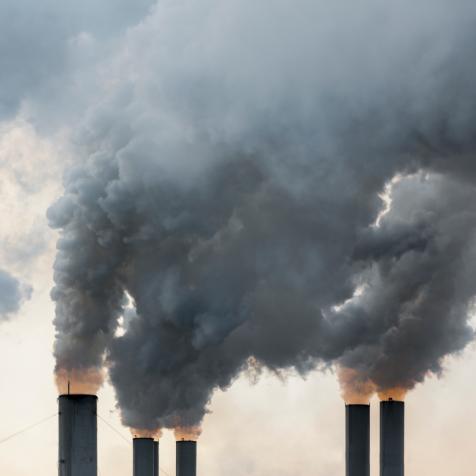
Grant Faint
A 400-Year-Old Coral Offers Hope for the Great Barrier Reef
An incredibly resilient species of coral has weathered hundreds of years of coral bleaching and survived. What can this teach scientists about conservation?
At 34 feet wide, this coral is roughly the size of a carousel. Nicknamed Muga dhambi, or “big coral” by the indigenous Manbarra people, it stands over 16 feet tall, making Muga dhambi the sixth tallest coral in the Great Barrier Reef.
Muga dhambi is a type of reef-building Porite, a genus of stony coral. Its incredible width is a result of its hard skeleton, which is made of calcium carbonate from the surrounding seawater.
Snorkelers discovered this record-breaking coral off the coast of Goolboodi Island in Northeast Australia.
Based on the coral’s size and growth rate, scientists have calculated it to be about 421-438 years old. Meaning this ancient coral has survived as many as 80 cyclones and weathered 99 coral bleaching events. It has persisted through centuries of low tides and outlived many invasive species.
“Knowing that these things [like Muga dhambi] exist, and have persisted for a long time, helps to provide a renewed sense of hope for the future,” said marine scientist Nathan Cook.
Ancient colonies like the Muga dhambi offer scientists a rare opportunity to learn more about reef conditions as these massive corals continue to grow.
The colony is in very good health with 70% of it consisting of live coral. Even as more coral cover is lost due to climate change, there is hope that resilient species like Muga dhambi will continue to survive.
"There are many unexplored corners of the Great Barrier Reef," Cook said. "It is possible there are larger coral colonies waiting to be documented by intrepid citizen scientists."












































































